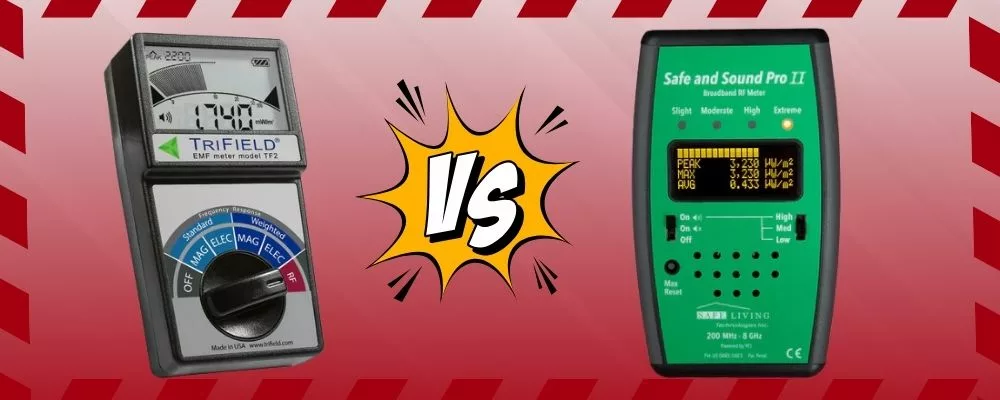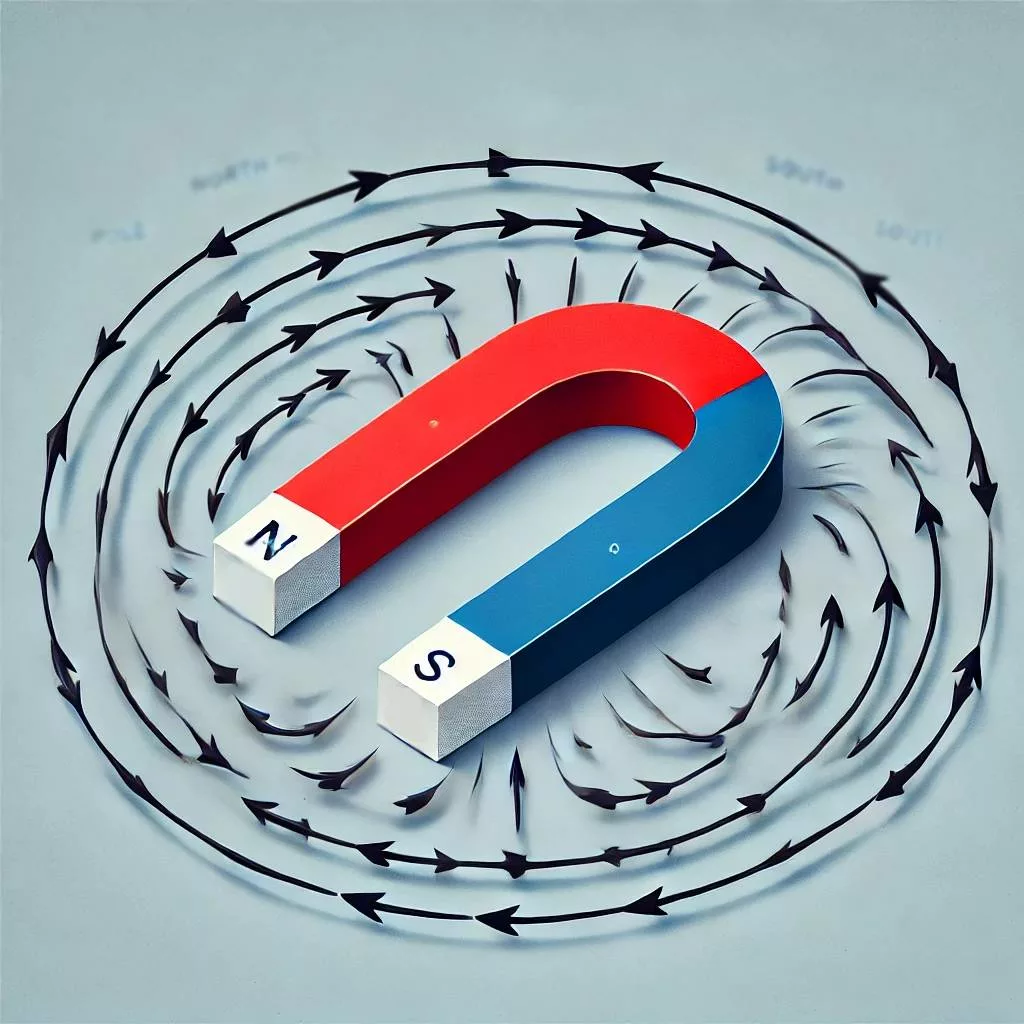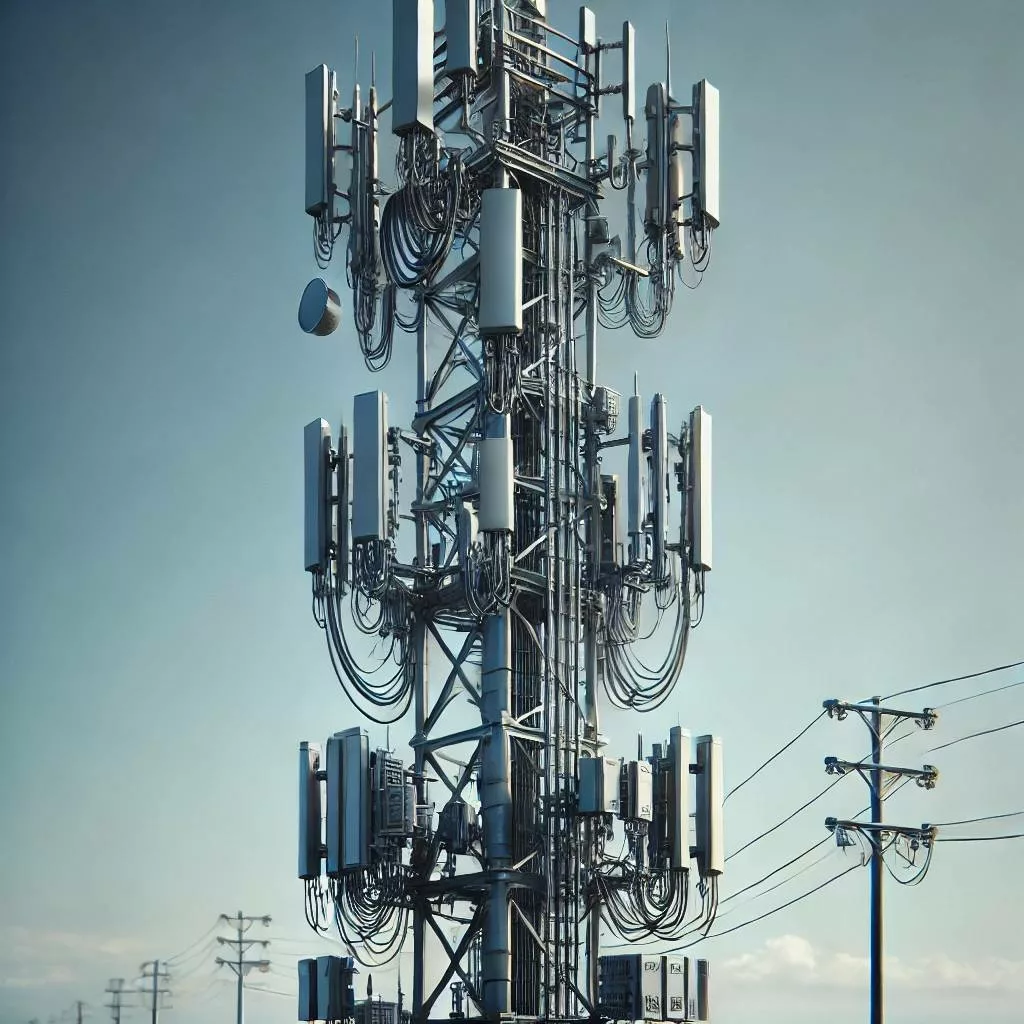Key Takeaways
-
Versatility vs. Precision: The TriField TF2 covers magnetic, electric, and RF fields, while the Safe and Sound Pro II is specialized for RF, offering higher sensitivity.
-
User-Friendly Features: The Safe and Sound Pro II’s color-coded display and unique sound alerts simplify RF source identification, while the TriField TF2’s 3-axis detection ensures accurate readings.
-
Best Fit by Environment: TriField TF2 suits mixed environments, while Safe and Sound Pro II excels in RF-dense areas, especially for those sensitive to RF.
Today, measuring EMF levels isn’t just for scientists or hobbyists. With EMF radiation"Radiation" in the context of Electromagnetic Fields (EMF) refers to the process by which energy is emitted and transmitted through space or a material medium in the form of electromagnetic... from countless sources blanketing our world, using an EMF meter goes beyond simple measurement.
It’s about taking action to protect yourself and your loved ones, so you don’t end up as just another statistic on the harmful effects of EMF.
In this post, we’re putting two leading EMF meters—TriField TF2 and Safe and Sound Pro II—head-to-head.
Which one will be your best ally in detecting and managing the invisible forces around you?
Let’s find out.

Want to Slash Your EMF Health Risks?
Want to Slash Your EMF Health Risks?
Good! Learn the one small change you should make right now.
What Are We Up Against?
The term EMF radiation doesn’t describe one single thing. It’s an umbrella term for different kinds of radiation we face on a daily basis.
Have a look.
Low-Frequency Magnetic Fields
Electrical currents in devices like power"Power" in a scientific context refers to the rate at which work is done or energy is transferred. In simpler terms, it's how fast something is using energy. For example,... lines, household wiring, and large appliances such as refrigerators and washing machines create magnetic fields.
These fields are usually strongest close to the source and decrease rapidly as you move away.
Studies suggest that prolonged exposure to strong magnetic fieldsDefinition and Nature of Magnetic Fields Magnetic fields are a fundamental aspect of electromagnetic fields, produced by moving electric charges (electric currents). The strength of a magnetic field is measured... can cause problems like sleep disturbances, chronic fatigue, and even increased stress levels in sensitive individuals.
Unlike RF fields (like from your phone and BluetoothFrom the perspective of someone concerned about the health effects of electromagnetic radiation, understanding Bluetooth radiation is crucial, especially in our increasingly wireless world. Bluetooth technology, ubiquitous in our daily... headset), magnetic fields can penetrate most materials, including walls, meaning they often affect entire rooms or buildings depending on the source.
Low-Frequency Electric Fields
The voltage in electrical systems, including wall outlets, electrical cords, and devices plugged into an outlet, creates electric fields.
Although electric fieldsDefinition and Nature of Electric Fields Electric fields are a fundamental aspect of electromagnetic fields, created by electric charges, either stationary or moving. These fields represent the force that electric... are typically weaker than magnetic fields, they too can contribute to a variety of problems, including sleep disorders.
Electric fields have a more limited range than magnetic fields (6-8 feet outside the electrical wires) but can still affect the immediate area around the source.
They’re often present in high concentrations in spaces with multiple electronic devices or complex wiring systems.
Radiofrequency (RF) Radiation
RF radiation is high-frequency radiation that comes from wireless devices such as Wi-Fi routers, cell phones, Bluetooth gadgets, and, increasingly, 5G"5G" refers to the fifth generation of wireless communication technology, a step up from the previous 4G, 3G, and 2G networks. It's designed to provide faster internet speeds, more reliable... networks.
RF radiation is more energetic than low-frequency fields and is subject to ongoing scientific scrutiny.
Thousands of studies around the world have linked long-term RF exposure to problems like headaches, brain fog, anxiety, and even chronic diseases like cancer.
You can learn more about the health effects of EMF radiation on my “EMF Health Effects” page.
In urban environments or tech-heavy homes, RF radiation levels can be high due to the dense presence of Wi-Fi networks, cellular signals, and wireless devices.
This is where specialized RF meters, like the Safe and Sound Pro II, provide highly accurate readings and help users understand their exposure to RF in detail.
But today, we’re not focusing solely on RF radiation or the Safe and Sound Pro II.
We’re taking a comprehensive look at both the TriField TF2 and the Safe and Sound Pro II to see which one stands out as the better tool for your specific circumstances.
So, let’s dive into the comparison.
An In-Depth Look at the TriField TF2
The TriField TF2 is a versatile, multi-functional EMF meter designed to measure magnetic, electric, and RF fields.
This capability makes it a solid choice for users who want a single device to monitor multiple types of EMF sources.
Key Features of the TriField TF2
The TF2’s comprehensive EMF detection allows it to monitor all three main types of EMFs, giving it an edge over single-function meters.
Its frequency-weighted mode is particularly useful for health-conscious users, as it adjusts readings to show how EMFs interact with the human body.
Higher frequencies, for instance, create stronger currents in biological tissues, and the TF2’s frequency-weighting mode accounts for this, offering readings that correlate more closely with potential health impacts.
The TF2 also offers 3-axis magnetic fieldIn the context of electromagnetic fields (EMF), the term "field" refers to a region in space where electric and magnetic forces are exerted. An electromagnetic field is generated by electrically... detection, which improves accuracy.
Unlike single-axis meters, which need to be held at a specific angle, the TF2 can be held in any orientation and still provide reliable readings.
This feature simplifies use and makes it suitable for less experienced users.
In terms of usability, the audio indicator is a standout feature, allowing users to follow sound cues to locate high-EMF sources without needing to look at the screen.
This is particularly helpful for identifying “hot spots” around appliances or wiring.
Pros and Cons of the TriField TF2
| Pros | Cons |
| Measures multiple EMF types (magnetic, electric, RF) | Limited RF range (up to 6 GHz) |
| Frequency-weighted mode simulates biological impact | RF sensitivity is moderate, not as high as Pro II |
| 3-axis magnetic detection for accuracy | Larger size, less compact than some other meters |
| Audio indicator helps locate sources quickly | No color-coded display for instant level assessment |
An In-Depth Look at the Safe and Sound Pro II
The Safe and Sound Pro II is designed specifically for RF detection, offering superior sensitivity and accuracy for high-frequency EMFs.
This focus makes it ideal for users primarily concerned with RF exposure from Wi-Fi, Bluetooth, and cell towers, especially those who live or work in RF-heavy environments.
Key Features of the Safe and Sound Pro II
The frequency"Frequency" in the context of electricity, Electromagnetic Fields (EMF), and wireless communication, can be thought of as the number of times something happens in a second. Specifically, it refers to... range of the Safe and Sound Pro II spans from 200 MHz to 8 GHz, covering both low- and mid-band 5G frequencies, Wi-Fi, and other common RF sources.
This extensive range allows it to detect nearly all sources of RF radiation, making it one of the most comprehensive RF meters available.
One of its standout features is its high sensitivity, capable of detecting levels as low as 0.001 µW/m².
This precision makes it suitable for users who are electromagnetically sensitive, as they can identify even the lowest levels of RF and design low-exposure zones in their environment.
The OLED display on the Pro II is another valuable addition. This screen provides color-coded indicators that show RF levels in real time, from green (safe) to red (extreme), allowing users to instantly gauge exposure without needing to interpret numeric readings.
This feature is particularly useful for users who want to quickly assess exposure without extensive technical knowledge.
Finally, the Pro II’s sound signatures differentiate between RF sources by emitting unique sounds based on the type of radiation detected.
This function enables users to identify RF sources like Wi-Fi or cell towers without needing to analyze each reading individually.
Pros and Cons of the Safe and Sound Pro II
| Pros | Cons |
| Exceptional RF sensitivity (down to 0.001 µW/m²) | Limited to RF detection, lacks magnetic/electric measurement |
| Broad RF range (200 MHz – 8 GHz) | Shorter battery life than TF2 |
| Color-coded OLED display for easy reading | Higher price point |
| Sound signatures for source identification | Not suitable for low-frequency EMF detection |
Feature Comparison: TriField TF2 vs. Safe and Sound Pro II
This comparison chart highlights the key differences and advantages of each meter, helping you identify which fits your specific needs best.
| Feature | TriField TF2 | Safe and Sound Pro II |
| Measurement Types | AC Magnetic, AC Electric, RF | RF only |
| Frequency Range | 40 Hz – 6 GHz | 200 MHz – 8 GHz |
| Sensitivity | Moderate across all EMF types | High sensitivity for RF, down to 0.001 µW/m² |
| Display | LCD with backlight, numeric only | OLED with color-coded levels |
| Audio Indicator | Yes, general intensity sounds | Yes, source-specific sounds |
| Battery Life | 20+ hours on 9V battery | 12-15 hours on AA batteries |
| Ideal Use Cases | Mixed-use, versatile environments | RF-dense urban areas, sensitive users |
| Price | $199 | $399 |
Practical Use Cases: Which Meter Is Right for You?
Choosing between the TriField TF2 and Safe and Sound Pro II depends largely on your specific monitoring needs and environment.
If you live in a home with multiple appliances and Wi-Fi sources, the TriField TF2 offers comprehensive coverage.
It allows you to measure low-frequency magnetic fields from large appliances, electric fields from wiring and outlets, and RF fields from wireless devices all with one device.
For an urban apartment near cell towers or high-traffic Wi-Fi environments, the Safe and Sound Pro II’s focused RF sensitivity makes it a better choice.
Its extended frequency range and high sensitivity capture a complete picture of RF exposure, even covering newer 5G sources.
Users with electromagnetic sensitivity (EHS) may also find the Pro II more beneficial, as its low detection threshold allows for extremely precise RF monitoring.
This capability helps EHS individuals identify and avoid high-RF areas, aiding them in managing their sensitivity by designing low-exposure spaces.
Getting the Most Out of Your EMF Meter: Practical Tips for Each Device
When it comes to monitoring EMF exposure, understanding how to use your meter effectively can make all the difference. Here’s how to get optimal results with both the TriField TF2 and Safe and Sound Pro II.
TriField TF2: Maximizing Versatility
To achieve accurate readings, rotate the dial to select the appropriate EMF mode—magnetic, electric, or RF—based on what you need to measure.
For example, use the magnetic mode for assessing appliances, the electric mode for checking outlets, and the RF mode for detecting wireless emissions near routers or cell phones.
The frequency-weighting mode adds another layer of usability for health-related measurements, emphasizing higher frequencies that may pose greater biological risks.
Activate this mode in areas where you spend a lot of time, like your bedroom, to evaluate EMFs that could disrupt sleep and overall well-being.
Safe and Sound Pro II: Precision in RF Detection
The Safe and Sound Pro II simplifies RF monitoring with instant detection.
As soon as it’s powered on, the color-coded OLED display visually indicates exposure levels, making it user-friendly even for those without technical knowledge.
Navigate your environment and observe color shifts as RF levels change to understand how exposure varies.
In RF-dense areas, sound signatures help differentiate sources by emitting unique sounds for Wi-Fi, cell towers, or Bluetooth devices.
Use these audio cues to pinpoint specific sources and take action to reduce exposure in targeted ways.
Conclusion: Final Recommendations
For users seeking an all-in-one solution covering multiple EMF types, the TriField TF2 offers versatility unmatched by single-function meters. Its combination of magnetic, electric, and RF detection makes it suitable for mixed environments, from homes to offices with varied EMF sources.
For those prioritizing RF detection, particularly in high-traffic urban or tech-heavy environments, the Safe and Sound Pro II provides outstanding RF sensitivity and easy-to-read visual feedback.
Its focused functionality and advanced features like sound signatures make it a top choice for managing RF exposure.
Choose the EMF meter that suits your lifestyle and begin monitoring today. Understanding EMF levels around you is the first step toward creating a safer and healthier environment.










